What: Increasing the documentation of end-of-life care preferences (advance directives) during hospital admission for patients with advanced comorbidities admitted to the telemetry/stroke unit.
Where: Telemetry/Stroke unit at Wyckoff Heights Medical Center, a small community hospital in Brooklyn, N.Y.
Background: As physicians, one of the main principles we follow is to do no harm to our patients. End-of-life care is a complex area of medical practice, where the principle of not doing harm to patients also depends on the patients’ perspectives, personal wishes, and preferences. While physicians always try to act in their patients’ best interest, respecting their wishes can sometimes be challenging, especially when they require immediate interventions to survive. This concern is even more pressing for our patients with advanced diseases, where advance directives have not always been expressed clearly.
By simply filling out a MOLST form—medical orders for life-sustaining treatment—which establishes advance directives, patients’ end-of-life preferences are recorded in a standardized fashion that’s easy to follow and legally binding for any physician at any health care institution within New York. This document guarantees that end-of-life care preferences are respected and no measures are taken that the patient disapproved of.
We decided to investigate how this affected our patient population by looking at MOLST documentation completed on our telemetry/stroke unit over three months, from October 2020 to December 2020.
At a baseline, we found that, on average, approximately seven MOLST forms were completed for patients per average of 265 monthly admissions to the unit. From these findings, it was apparent this was a problem our patient population was facing. We felt we had the means to correct it by finding a cost-effective way to increase MOLST documentation when patients were admitted to the telemetry/stroke unit.
How it works: With the support from the hospitalist service and the geriatric division from the department of medicine at Wyckoff Heights Medical Center in Brooklyn, N.Y., led by Dr. Fuentes and Dr. Mir, respectively, a multidisciplinary team was created, composed of hospitalists, residents, nurses, social workers, and case managers. Several educational initiatives were put in place.
The main objectives were increasing awareness about advance directives, emphasizing the importance of advance directive discussion, and educating on how to discuss end-of-life care preferences with patients and their family members. These objectives were achieved in various ways. The first activity conducted was a virtual presentation for all attending physicians, internal medicine residents, nursing staff, social workers, case managers, and patient care managers in the telemetry/stroke unit of the hospital. The lecture highlighted the objectives noted above and provided the foundation for the quality improvement project. The second activity implemented was a re-emphasis on the importance of MOLST documentation for all residents rotating through the geriatric/palliative service. Residents were encouraged to initiate advance directive discussions with patients and family members during hospital admission and to assist in completing MOLST documentation for admitted patients. The third intervention implemented was increased discussion of MOLST documentation during daily interdisciplinary rounds (IDRs) and teaching rounds between attending physicians and residents. Attending physicians would help identify patients with advanced comorbidities that would benefit from MOLST documentation. Residents would ensure this was enacted in the patient’s care plan for the day.
We implemented these interventions to optimize the communication of advance directives with patients. In addition to this primary goal, we intended to increase the number of completed MOLST documentation at admission and discharge as secondary goals. Furthermore, we wanted to improve conversations about advance directives that physicians were having with patients and their family members to increase the overall quality of patient care.
The project was carried out from January 2021 to May 2021. MOLST documentation was tracked by staff and charted in the patient’s electronic medical records. Later, data from these records was used to evaluate the project’s effect on MOLST documentation completion during hospital admission.
Results: From January 2021 to May 2021, the telemetry/stroke unit saw a significant increase in MOLST documentation completion during patient admission and MOLST documentation completion by the time the patient was discharged from the hospital. The average MOLST documentation for the telemetry/stroke unit increased from approximately seven MOLST forms completed per month to about 40 MOLST forms completed per month. A statistical analysis review suggests that the project’s interventions had their greatest effect on MOLST documentations which showed a statistically significant 5.9-fold increase, while MOLST documentations completed by the time of hospital discharge showed a statistically significant 3.9-fold increase.
In addition to positively impacting the number of MOLST documentations completed during hospital admission for eligible patients, our intervention improved the quality of conversations revolving around advance directives. By reducing the harm and suffering that our patients encounter due to unnecessary interventions resulting from not having indicated end-of-life care goals, we expect this intervention has an important and noticeable impact on the overall quality of patient care. We also saw improvements in resident training, since our residents now implement end-of-life care considerations in their daily routine, which may not only benefit the patients in our community and our hospital’s workflow, but also the communities of our residents’ future sites of employment.
Moving forward: The most evident conclusion we drew from the project was that simple, cost-effective, and straightforward solutions can effectively improve MOLST documentation for eligible patients during their hospital stay. Discussing advance directives with eligible patients is a necessary skill for all hospitalists. Our simple intervention can be implemented in a variety of health care institutions and settings to help facilitate this even further and promote and foster a more collaborative teamwork approach to patient care. As we move forward, we plan to expand this pilot program to other units of our hospital and make this practice an integral part of the care we provide to our patients. Ultimately, our cardinal goal is to ensure our patients do not undergo harm and receive a higher quality of care.
Takeaways
- It’s recommended that discussion of advance directives is conducted at the time of admission, and a MOLST form is completed reflecting patients’ wishes.
- It’s essential to involve the patient’s family, particularly when patients have advanced age and diseases.
- Raising awareness and educating health care providers on how to discuss advance directives and MOLST forms with patients and families can increase the completion of MOLST forms during admission in the inpatient setting.
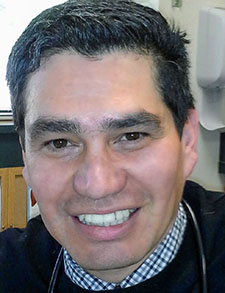
Dr. Fuentes-Rosales
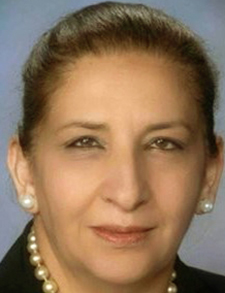
Dr. Mir
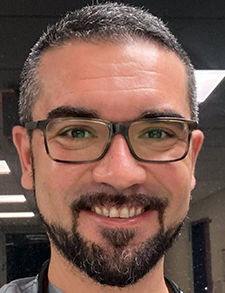
Dr. Martinucci
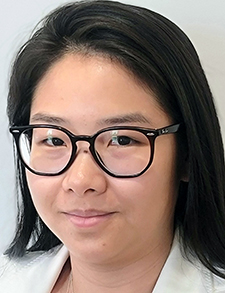
Dr. Tamsukhin
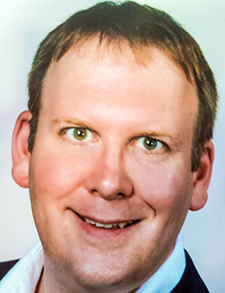
Dr. Max
Dr. Fuentes-Rosales is a hospitalist in the department of medicine at Wyckoff Heights Medical Center, Brooklyn, N.Y.
Dr. Mir is a hospitalist in the department of medicine at Wyckoff Heights Medical Center, Brooklyn, N.Y.
Dr. Martinucci is a hospitalist in the department of medicine at Wyckoff Heights Medical Center, Brooklyn, N.Y.
Dr. Tamsukhin is a hospitalist in the department of medicine at Wyckoff Heights Medical Center, Brooklyn, N.Y.
Dr. Max is a research associate at the Laboratory for RNA Molecular Biology at The Rockefeller University, New York.
Additional reading from the Journal of Hospital Medicine Advance directives completion and hospital out-of-pocket expenditures
I find the MOLST document to be inadequate because it doesn’t allow for nuances. There are variables I have for each of the issues; therefore, I cannot fill it in or sign it.
I firmly believe the document needs to be re-drafted with ample space to fill in “if-then” wishes.